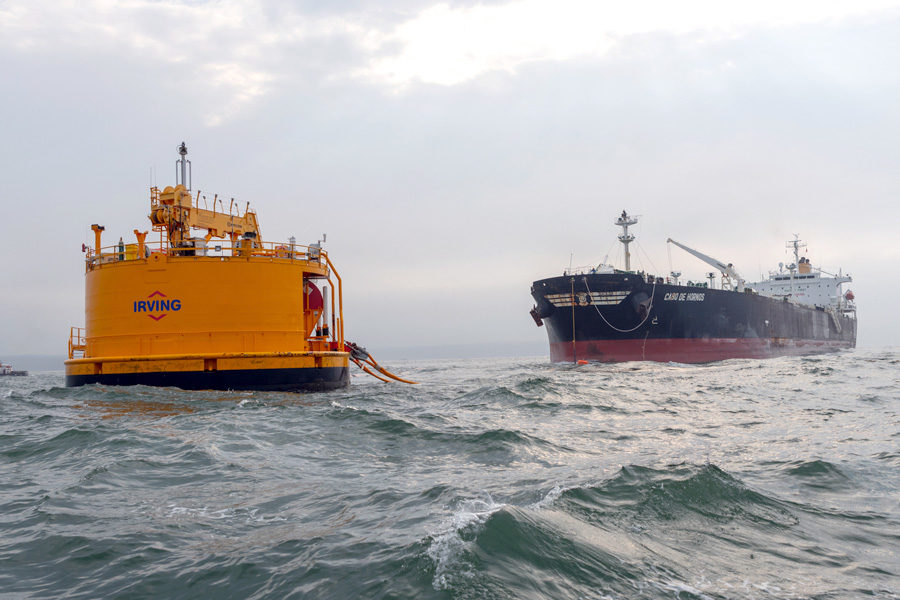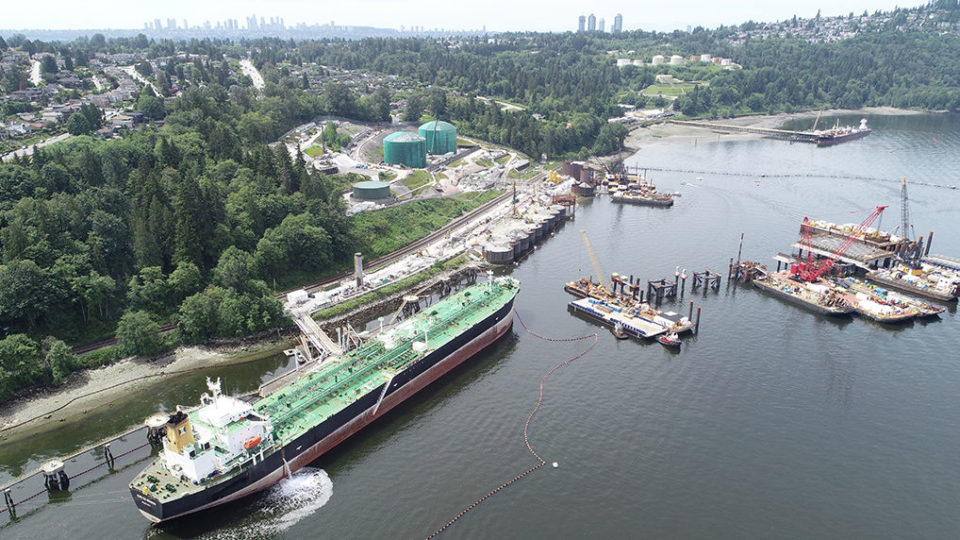It’s been three years since TC Energy cancelled the Energy East pipeline project, but for a small company incorporated in Quebec, the vision of connecting Western Canadian oil to consumers in the east and new markets offshore is still very much alive.
The four people who comprise Canadian Prosperity Pipelines Corporation are working to raise seed capital to fund the next steps for a cross-Canada oil transportation project, but it’s nothing like Energy East, says CEO Doug MacLellan. And he says their concept, called CP3, has even more merit today in the context of COVID-19.
“This project helps us in a time when I think Canada is in real trouble economically and you need projects across Canada that employ people but also provide opportunity and prosperity,” MacLellan says.
According to the company, “CP3 is vastly different [from Energy East] in its approach, routes, environment and empowerment … The only similarity is that it will ship oil from Alberta to New Brunswick.”
MacLellan is following the vision of company founder Duane Lauritsen, who died of a heart attack in November 2019. Lauritsen’s aim was for the CP3 project “to create true Canadian Indigenous empowerment, energy security and independence for Canada, and prosperity for all Canadians.”
The 4,800-kilometre, 1.1-million barrel per day CP3 project has an estimated capital cost of $24 billion, including marine terminal facilities. The company plans to develop it as a public-private partnership where risks and rewards are shared with a government agency.
Undertaking the project would be a monumental task, but evidence continues to show that the idea carries weight.
A September 2020 poll by the Montreal Economic Institute found that 71 per cent of Quebecers would prefer to import oil from Western Canada than from other countries, an increase of six per cent compared to responses to the same question in 2019.
In a striking move this July, Irving Oil chartered a tanker to deliver oil produced by Cenovus Energy in Alberta to its refinery in New Brunswick. The ship’s month-long voyage started at the Trans Mountain export terminal in Burnaby, B.C. and required transit through the Panama Canal, a journey of 11,900 kilometres, more than double the length of the proposed pipeline project.
“This is a one-off shipment for now, but we think there’s tremendous potential for more oil from Western Canada to make its way east, expanding our customer base here at home,” Cenovus vice-president Keith Chiasson said at the time.

Canadian, foreign markets
The goal of the CP3 project is to both replace foreign oil imported into Eastern Canada and to help Canadian oil access new world markets. MacLellan acknowledges that refineries on the other side of the country may have to be reconfigured to handle heavy crude from Alberta, but he says having the pipeline in place would help encourage those activities.
Absent a cross-country oil pipeline, Canada spent $477 billion on foreign oil imports between 1988 and 2019, according to Canadian Energy Centre research. This is an average of 749,000 barrels per day from countries including Saudi Arabia, Russia and the U.S.
“If you have that line there, then you have the potential for [companies] to modify the refineries and then we have energy security,” he says. “Whatever is excess that we can’t disperse of in Canada, we would sell to Europe and foreign markets.”
Analysis of international markets past 2060 shows “penetrable market share” for Canadian oil through the CP3 project, the company says. This includes a 2019 forecast by the U.S. Energy Information Administration that Canadian oil production will surge between 2040 and 2050 “as easily accessible global resources are increasingly depleted and global oil prices gradually increase.”
Indigenous engagement
MacLellan says a key aspect to ensure success of the CP3 project is its approach to Indigenous engagement, which he believes will help the company navigate the complex new federal regulatory framework for major infrastructure projects.
“We believe that certainly in this time and age, a project of this size can’t get approved if it’s not got Indigenous partnership. We want Indigenous partnership in decision making, but we also want to deliver prosperity to Indigenous peoples,” he says.
“What we’re going to do is take a percentage of our revenue and put it in a trust fund to be managed for Indigenous peoples wherever they are in Canada, not how close they are to the pipeline route.”
Corridor of opportunity
The pipeline corridor for the CP3 project is envisioned as a “collective opportunity zone.”
“We’re trying to create opportunities along the pipeline where we can do something innovative that creates a business opportunity for somebody else,” MacLellan says.
Some of the company’s ideas include offtake points along the route for business opportunities like producing asphalt or carbon fibre; using potential waste heat from pump stations to power locally-owned greenhouses; and running fibre optic cable alongside the pipeline to connect isolated communities.
The next step for CP3 is to raise $25 million to fund higher-level engineering, routing and consultations with affected Indigenous groups and leaders.
